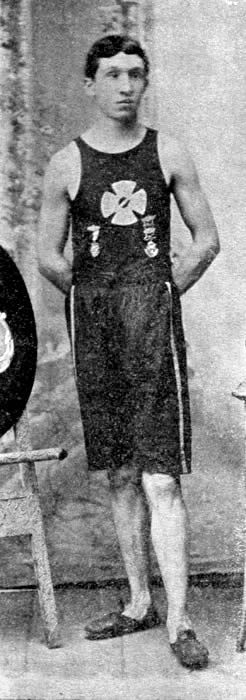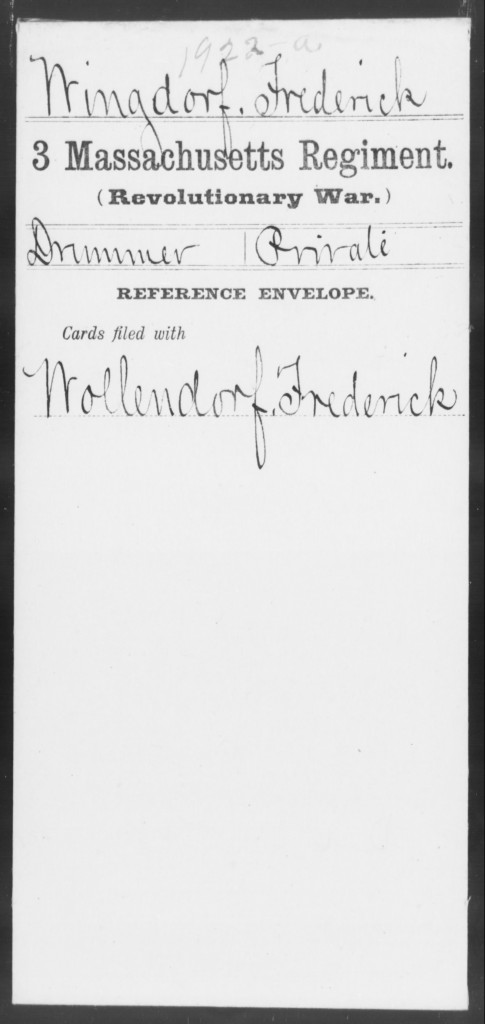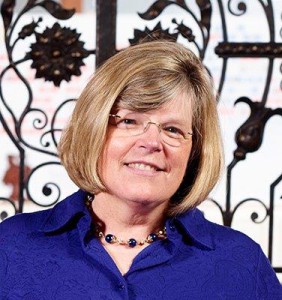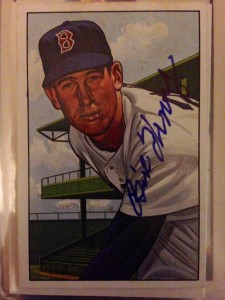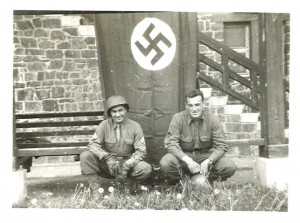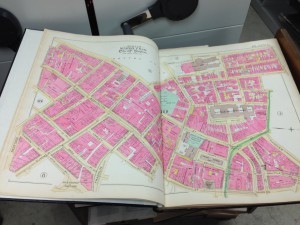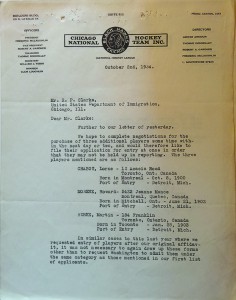
While my personal ancestry does not have anyone who immigrated later than the 1700s, I have long been intrigued by the experiences of those who came in the latter 1800s and the early 1900s, such a time of concern about the influx of immigrants and what they might do to the country. Over the years I have acquired many published volumes and hundreds of digitized documents about immigrants and the immigration process. I am the only person I know who actually owns E. P. Hutchinson’s Legislative History of American Immigration Policy, 1798-1965, published in 1981.
Among the many laws that have been enacted since the first major immigration act in 1882 is the Alien Contract Labor Law of 1885, which was amended in 1887. This law specified that immigrants to the United States needed to show that they were capable of working, but they could not already have a job lined up. Some immigrants were exempt from this rule, including actors, artists, singers, domestic or personal servants, and skilled laborers—provided that no one else with their skills lived in the United States. In Massachusetts, for instance, mills could import seamstresses who did intricate and specialized embroidery because they could not find anyone in the United States who possessed that skill. In viewing case files of individuals deported upon arrival or later, I have come across many that invoked this law. Continue reading Immigration of the Slapshot
